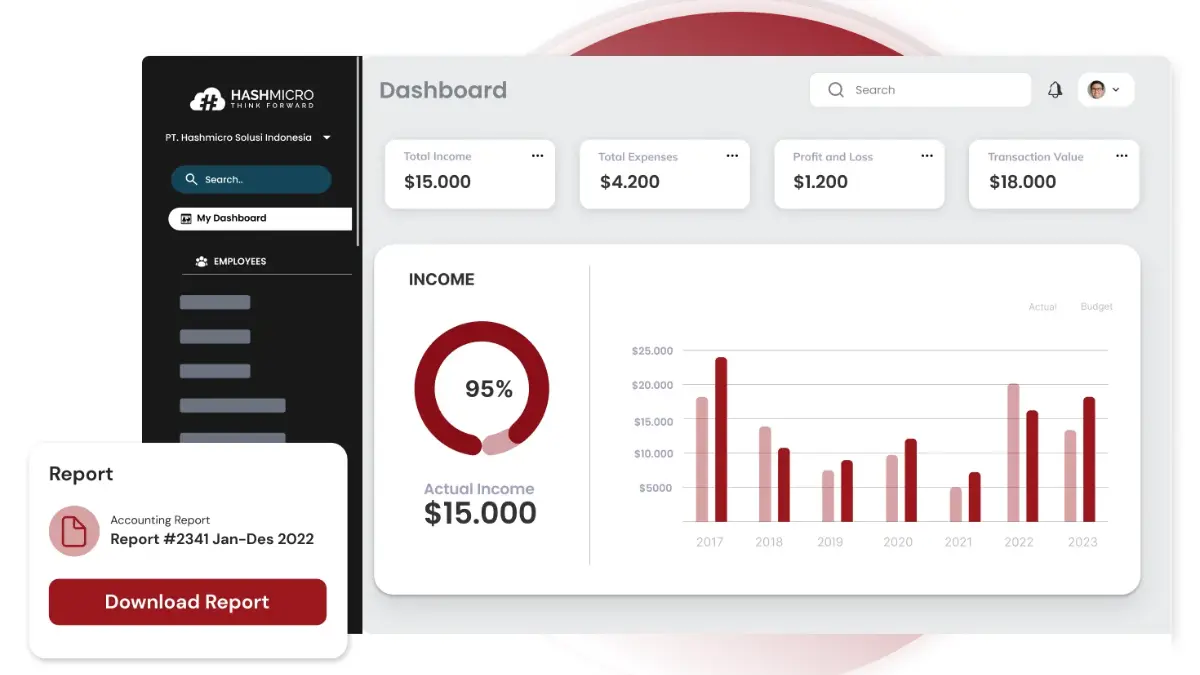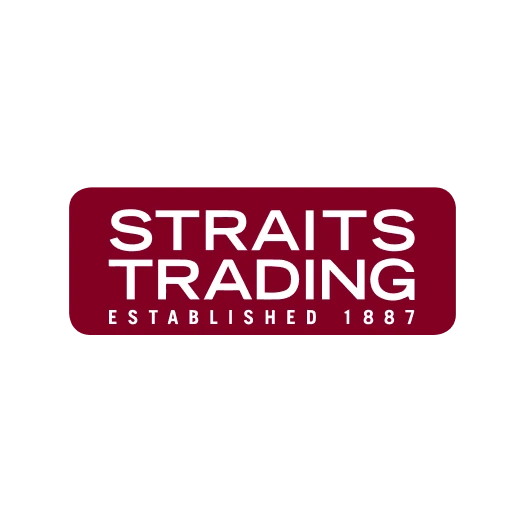Ever thought your company’s fixed assets might be silently draining value every month? Without a clear depreciation strategy, even high‑performing equipment can become a fiscal blind spot for managers.
Many businesses face fragmented data, outdated depreciation methods, and missed tax deductions, creating chaos in financial reporting and strategic planning. This lack of clarity can stall growth and erode stakeholder trust.
PwC Singapore highlights that firms using accelerated depreciation, such as claiming 100% write‑off for qualifying capital assets, can significantly reduce taxable income and speed up reinvestment cycles.
Dive into this article to understand the core concepts of depreciation schedules, compare methods, and see how smart software can simplify tax depreciation schedule preparations while keeping your asset management sharp.
Key Takeaways
|
What is a Depreciation Schedule?
A depreciation schedule is a structured chart that shows the annual loss of value for an asset, based on the chosen depreciation method. It helps businesses plan deductions, comply with accounting rules, and understand the asset’s useful life for both financial and tax depreciation schedule purposes.
Typically created in Excel or accounting software, a depreciation schedule lists key details such as asset description, purchase date, cost, salvage value, and expected life span. Knowing how to do depreciation schedule properly ensures accurate reporting and maximizes allowable tax benefits.
Understanding what is depreciation schedule starts with knowing what is depreciation itself, an accounting method that allocates an asset’s cost over its useful life. By matching expenses with related revenues, businesses can fairly represent asset usage, maintain compliance, and make informed financial decisions.
How the Depreciation Schedule Works?
A depreciation schedule works by tracking how an asset’s value decreases over time, whether it’s office furniture, machinery, or company vehicles. Just like a car loses value once it leaves the showroom, business assets naturally depreciate and require structured accounting.
By spreading the cost over the asset’s useful life, businesses can match expenses with revenues and claim deductions each year. This approach, often seen in a tax depreciation schedule, ensures companies maximise benefits while maintaining compliance.
Knowing how to do depreciation schedule correctly means understanding that different assets depreciate at different rates. Applying the right method keeps your records accurate, improves financial planning, and strengthens decision-making.
How to Make a Depreciation Schedule?
Creating a depreciation schedule is not just about fulfilling accounting requirements, it’s a strategic step to keep your asset management efficient and compliant. By understanding what is depreciation schedule and how it works, you can optimise expense allocation, secure accurate tax deductions, and plan asset replacements with confidence.
The following steps outline how to do depreciation schedule effectively, ensuring both your financial reports and tax depreciation schedule remain accurate and valuable for decision-making.
1. Identify all tangible assets
Begin by listing every tangible asset your business owns, from machinery and vehicles to office equipment. For each item, note essential details like purchase date, cost, description, and any expected salvage value.
This information forms the foundation of your depreciation schedule and ensures nothing is overlooked. A clear asset inventory is the first step in mastering how to do depreciation schedule effectively.
2. Determine useful life and depreciation method
Assess the expected useful life of each asset based on industry standards, manufacturer guidelines, or company policy. Select a depreciation method, such as straight-line or declining balance, that best aligns with your financial reporting and tax strategies.
The method you choose directly affects the allocation of expense in your tax depreciation schedule. Making the right choice here ensures your reporting stays compliant while optimising benefits.
3. Calculate annual depreciation expense
Using the chosen method, compute the annual depreciation expense for each asset. This calculation determines how the asset’s cost will be allocated over its useful life, matching the expense to the revenue it generates.
Including these figures in your depreciation schedule provides both financial reporting clarity and accurate tax deduction records. Consistent calculations are essential for maintaining transparency with stakeholders.
4. Record the schedule in your accounting system
Document your depreciation schedule in your accounting software or an organised spreadsheet. Include key fields such as asset cost, depreciation method, useful life, and annual depreciation amount.
Properly recorded schedules make it easier to track asset value, prepare financial statements, and plan replacements. This habit ensures your team can quickly access accurate data whenever needed.
5. Review and update regularly
Revisit your depreciation schedule at least once a year to adjust for new assets, disposals, or changes in asset usage. Updating your schedule keeps both your financial statements and tax accurate.
It also supports better asset management by highlighting when replacements or upgrades may be needed. A regularly updated schedule reflects the true health and value of your business assets over time.
Depreciation Methods
Choosing the right depreciation method is crucial for creating an accurate and compliant depreciation schedule. Each approach affects how expenses are allocated, how your tax is managed, and how well your reports reflect an asset’s true value over time.
1. Straight-line depreciation
The straight-line method is the most widely used approach in a depreciation schedule, as it allocates an equal depreciation amount each year over an asset’s useful life. You start by subtracting the salvage value from the asset’s purchase cost, then divide the result by its useful life in years.
This gives a consistent annual depreciation expense, making it easy to plan financial reports and tax depreciation schedule entries. It’s particularly useful for assets that provide steady benefits over time, like office furniture or buildings.
Businesses favour this method for its simplicity and predictability in both accounting and tax reporting. Knowing how to do depreciation schedule with this method helps maintain compliance while keeping asset management straightforward.
2. Double-Declining Balance (DDB)
The double-declining balance method accelerates depreciation, allowing a higher write-off in the early years of an asset’s life. In the first year, you multiply the straight-line depreciation rate by two and apply it to the asset’s original cost.
In subsequent years, you apply the same doubled rate to the remaining book value instead of the initial cost. This method is ideal for assets that lose value quickly or become obsolete faster, such as technology equipment.
By integrating DDB into your depreciation schedule, you can optimise your tax depreciation schedule for early tax relief while reflecting realistic asset wear. It’s a strategic choice for companies aiming to match higher early expenses with greater initial revenue.
3. Sum-of-the-Years’ Digits (SYD)
The sum-of-the-years’ digits method also accelerates depreciation but distributes it more gradually than DDB. You calculate the sum of the asset’s useful life digits and use it as the denominator, with the remaining life span as the numerator each year.
This results in larger depreciation expenses in the early years and smaller ones later. It’s useful for assets that generate more economic value in their initial years, such as heavy machinery.
Including SYD in your depreciation schedule provides flexibility in aligning expenses with asset productivity. This approach helps fine-tune both financial reporting and tax depreciation schedule strategies.
4. Units of production depreciation
The units of production method ties depreciation directly to the actual usage or output of an asset. You determine an hourly or per-unit depreciation rate by dividing the book value by the asset’s total expected lifespan in hours or units.
Then, multiply this rate by the number of hours used or units produced in a year to find the annual write-off. This method is ideal for manufacturing or production equipment where wear and tear depends on workload rather than time.
When applied in your depreciation schedule, it ensures expenses reflect real operational usage, improving accuracy in cost allocation. It’s a practical choice for aligning your tax with true asset performance.
Examples of Depreciation Schedules
A construction company invests $200,000 in a fleet of five heavy-duty trucks to support its growing projects. By creating a depreciation schedule, the company can allocate the cost over several years, reducing its taxable income through a well-planned tax depreciation schedule.
Each truck costs $40,000, with an expected useful life of eight years and a salvage value of $5,000 each. This means each truck depreciates by $35,000 over its lifespan, resulting in a total depreciation of $175,000, an important figure for both financial reporting and tax planning.
The company reviews what is depreciation schedule options and chooses the straight-line method to ensure predictable annual deductions. This approach makes it easy for management to track asset value, align expenses with revenue, and understand how to do depreciation schedule for future equipment purchases.
Optimise Your Depreciation Schedule with HashMicro’s Accounting Software

Managing a depreciation schedule can be challenging, especially when dealing with multiple assets, varying useful lives, and the need for accurate financial reporting. With HashMicro’s Accounting Software, businesses in Singapore can automate depreciation calculations, maintain precise asset records, and ensure full compliance with both financial and tax depreciation schedule requirements.
You can book a free demo and receive a personalised consultation to see exactly how the system fits your asset management processes. It’s a risk-free way to explore how you can improve reporting accuracy, streamline depreciation tracking, and make smarter decisions about asset replacement and budgeting.
Trusted by over 2,000 enterprises in Southeast Asia, HashMicro is known for its customisable features, localised support, and seamless integration with other systems such as CRM, inventory, and procurement, making it a perfect fit for Singapore’s fast-paced business environment.
Key features of HashMicro’s Accounting Software for Depreciation Management:
- Financial Statement with Budget Comparison: Comparing actual depreciation costs against planned budgets helps managers spot variances early and control expenses more effectively.
- Multi-Level Analytical Reporting: Breaking down depreciation data by project, branch, or department provides sharper insights for targeted financial decisions.
- Cashflow Reports: Tracking the impact of depreciation on cash flow enables better alignment between operational spending and long-term investment goals.
- Forecast Budget: Generating projections for future depreciation expenses allows for precise resource allocation and proactive budget management.
- Custom Printout for Invoices: Offering customised asset-related invoices and reports improves clarity and communication with stakeholders.
- Complete Financial Statements with Period Comparison: Reviewing depreciation trends across periods reveals performance patterns and supports strategic planning.
- Chart of Accounts Hierarchy: Structuring accounts to integrate depreciation seamlessly makes financial reporting more organised and efficient.
- Multi-Company with Intercompany Transaction and Consolidation: Managing depreciation across multiple entities ensures consistent and compliant consolidated reports.
- Treasury & Forecast Cash Management: Aligning depreciation figures with cash forecasts helps maintain healthy liquidity and financial stability.
With Hashy, our AI assistant, your team can automate repetitive accounting tasks such as depreciation schedule updates, asset valuation adjustments, and financial reporting, so you can focus on strategic financial planning and maximising asset value.
Conclusion
A well-prepared depreciation schedule is more than just an accounting tool, it is a strategic asset management framework that ensures accurate expense allocation and maximised tax benefits. By understanding what is depreciation schedule and the methods available, businesses can make informed financial decisions that reflect the true value of their assets over time.
With HashMicro Accounting Software, managing your tax depreciation schedule becomes faster, more accurate, and fully automated. The system integrates asset tracking, depreciation calculations, and financial reporting into one platform, eliminating manual errors while providing real-time insights for better decision-making.
Take the next step towards smarter financial management, book your free demo with HashMicro today. See how our solutions can simplify how to do a depreciation schedule for your business and maximise the value of every asset you own.




















































